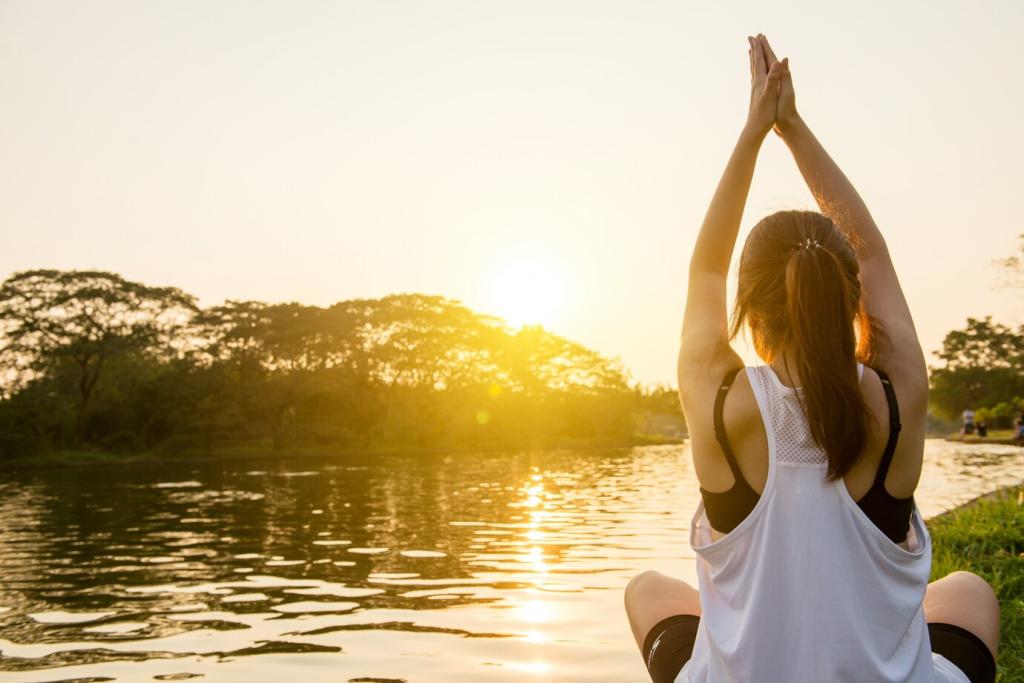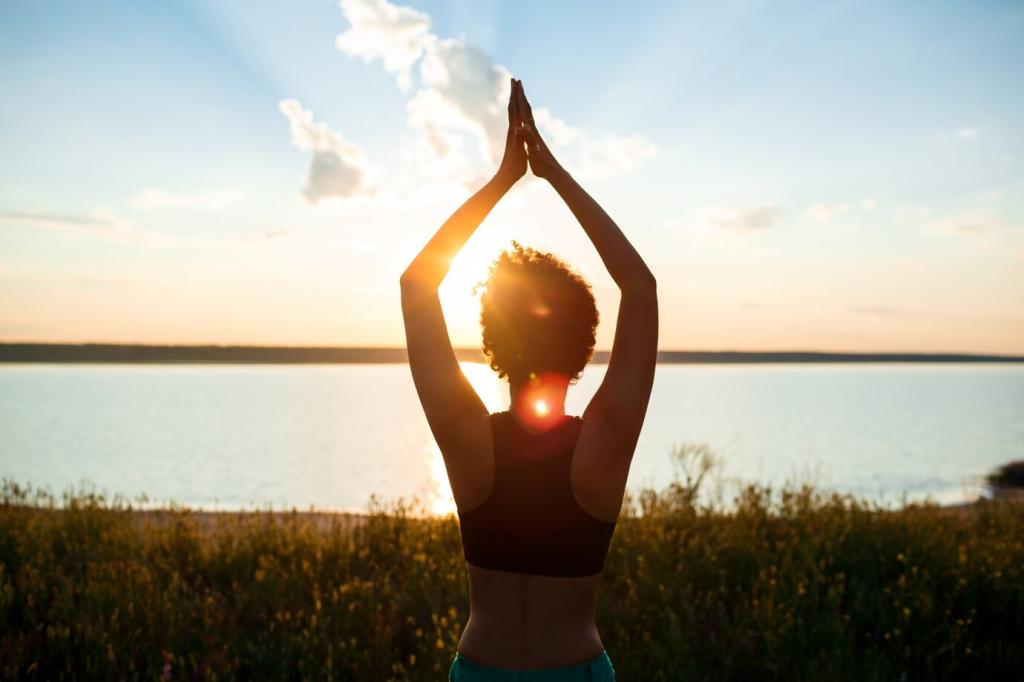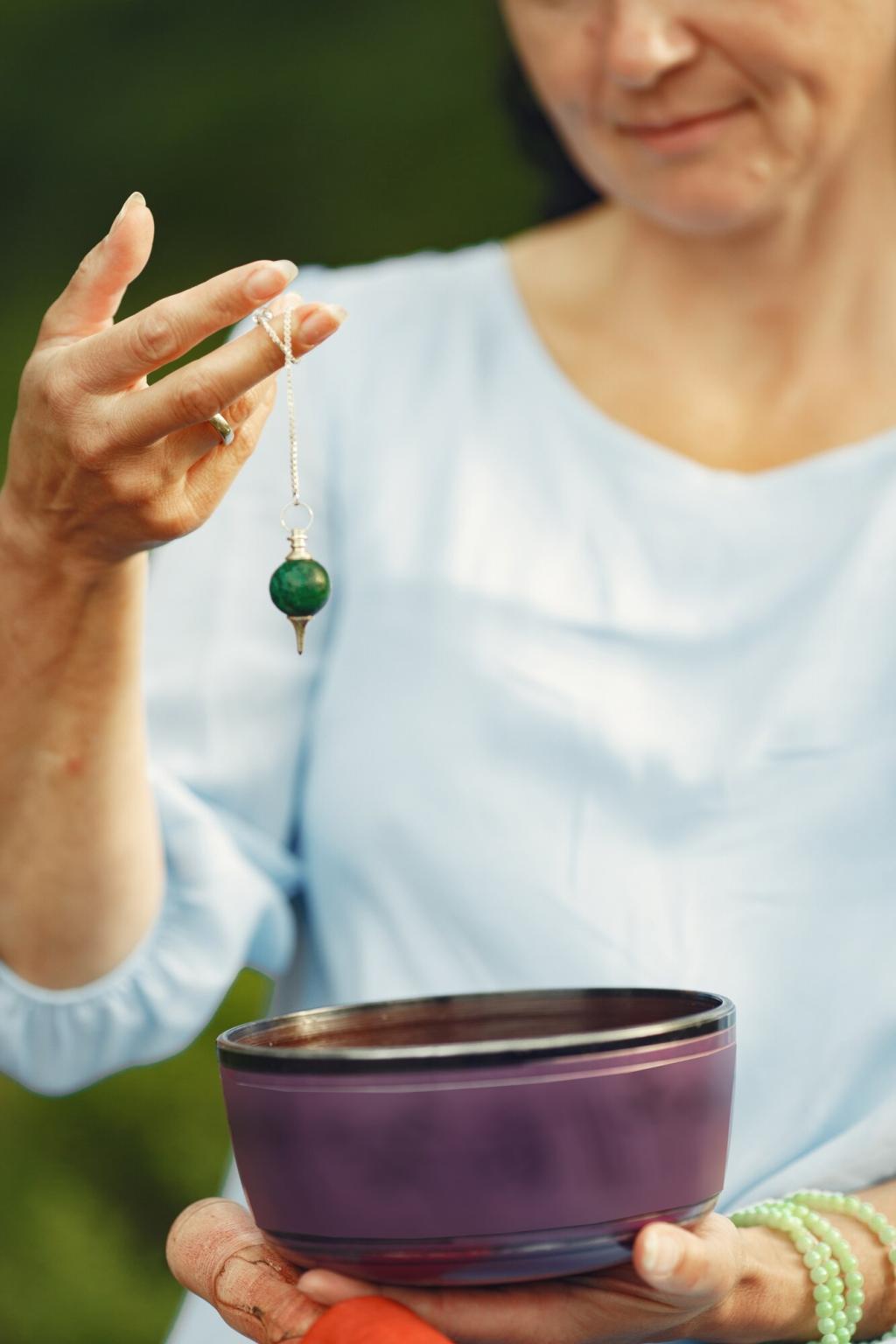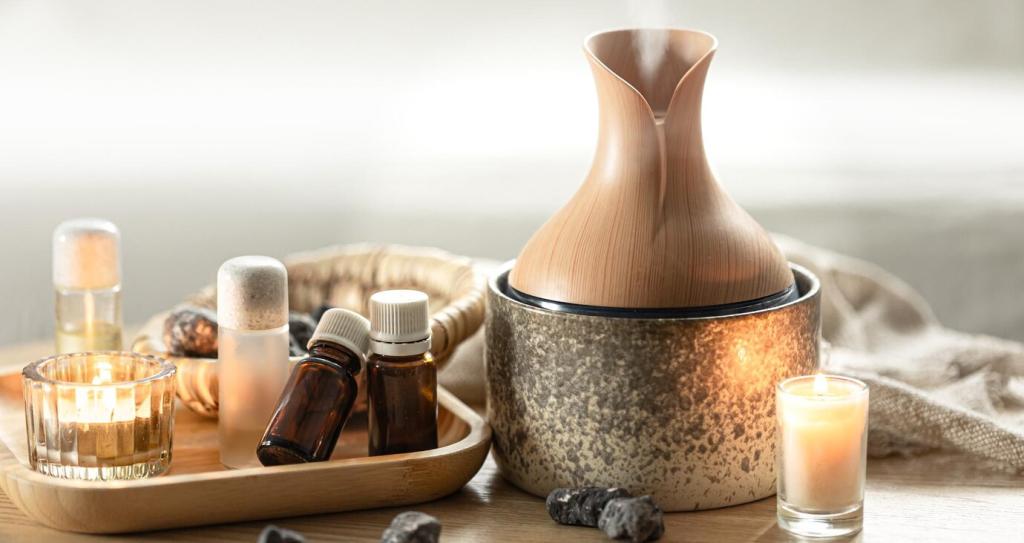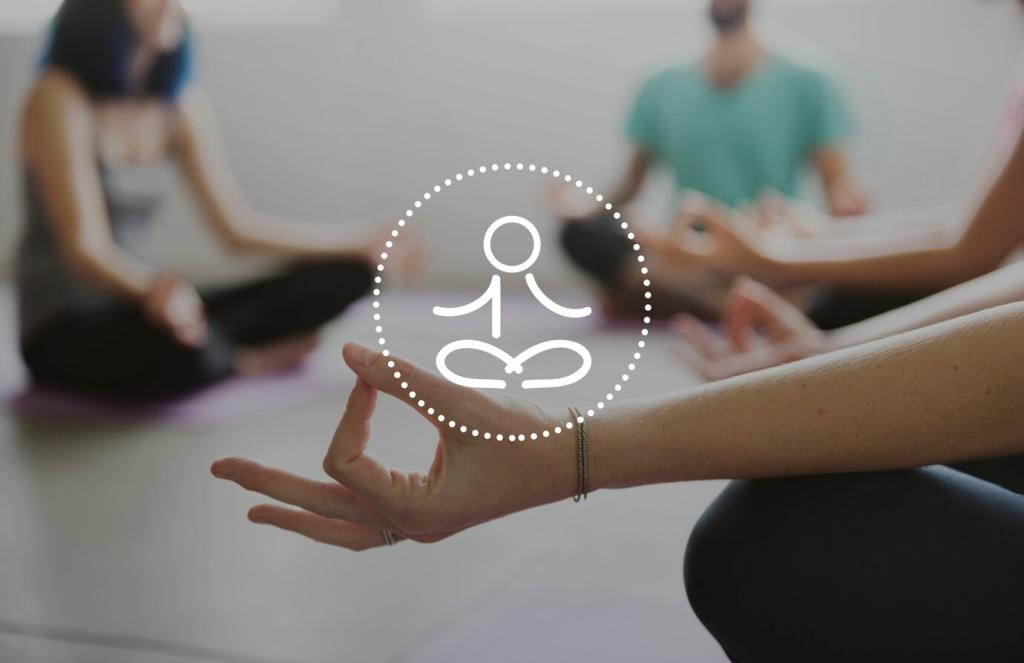What Science Suggests
Studies suggest mindful movement and meditation can help reduce perceived stress and support healthier cortisol patterns over time. While individual results vary, many report better sleep and a brighter mood. Notice your personal markers—tension in the shoulders, jaw softness—and track changes weekly.
What Science Suggests
Meditation trains the mind to notice distraction and gently return, while yoga rehearses focus under shifting loads and shapes. Together they improve sustained attention. Even five mindful breaths between poses teach you to recognize drift and return kindly, a skill that serves daily tasks.


